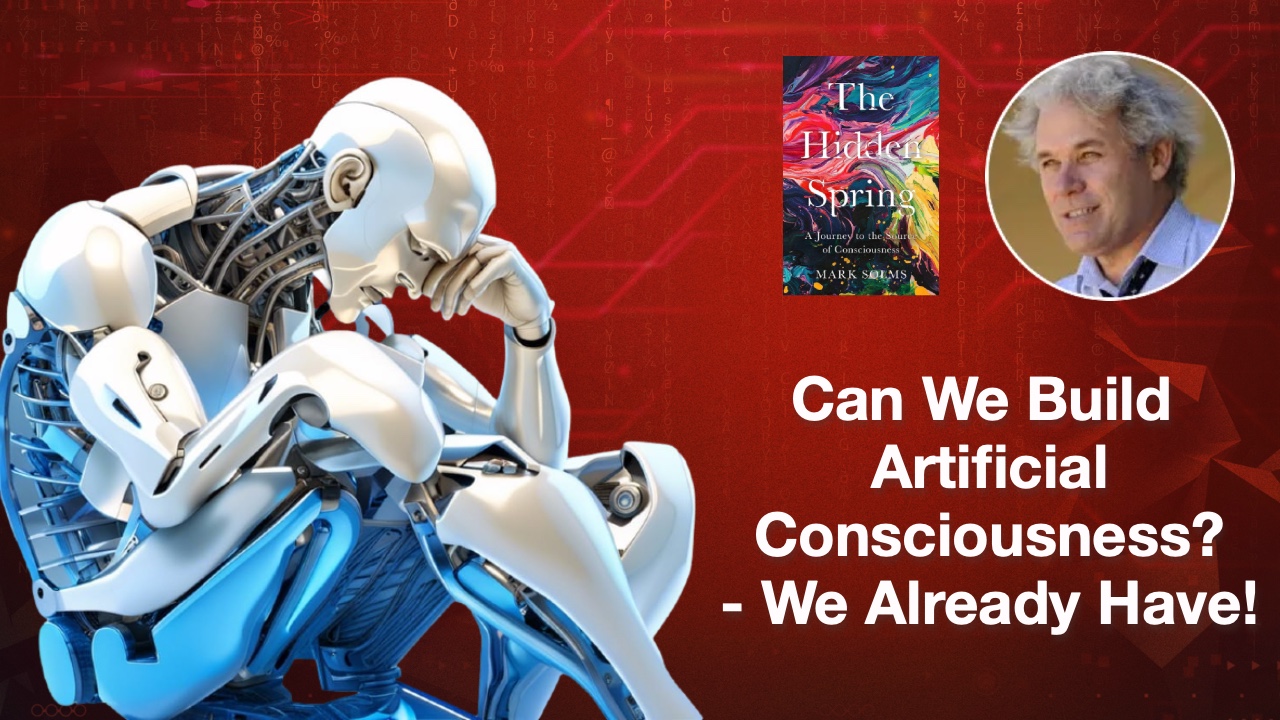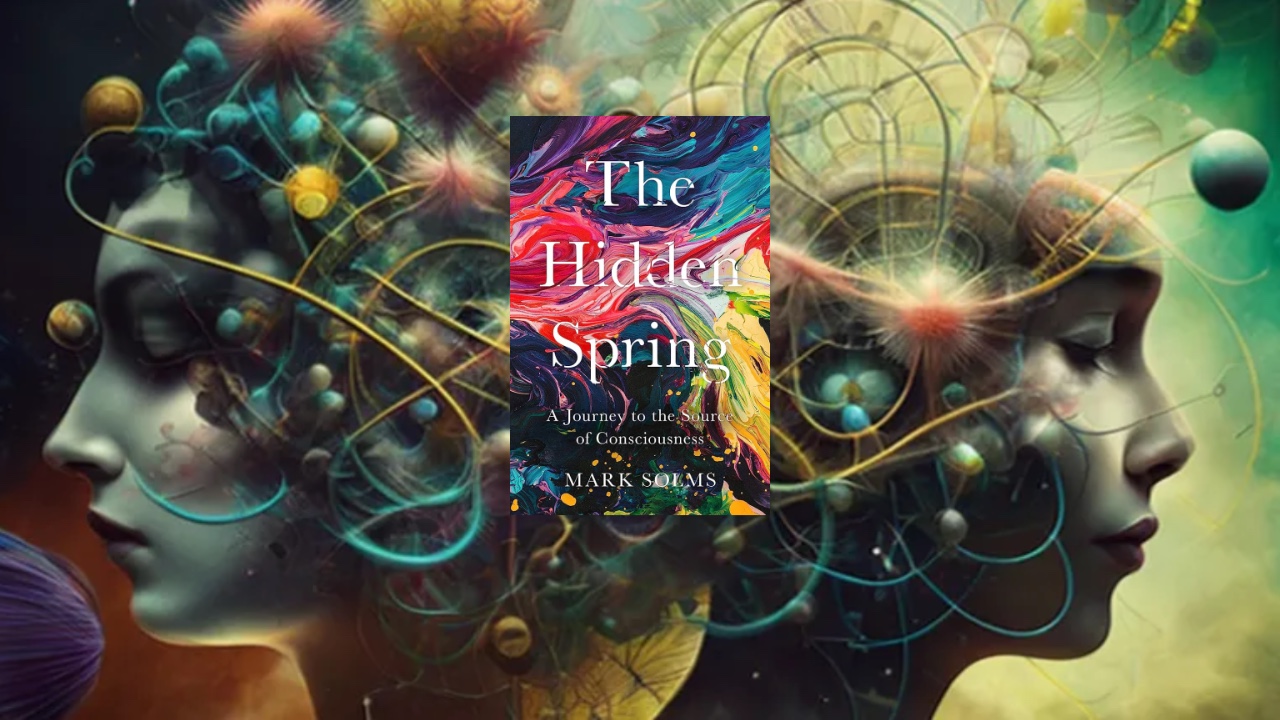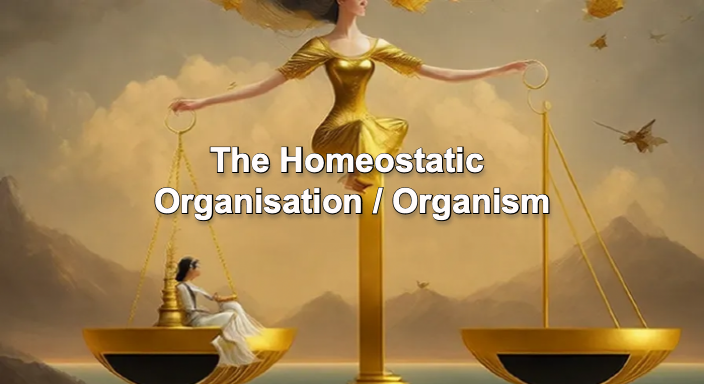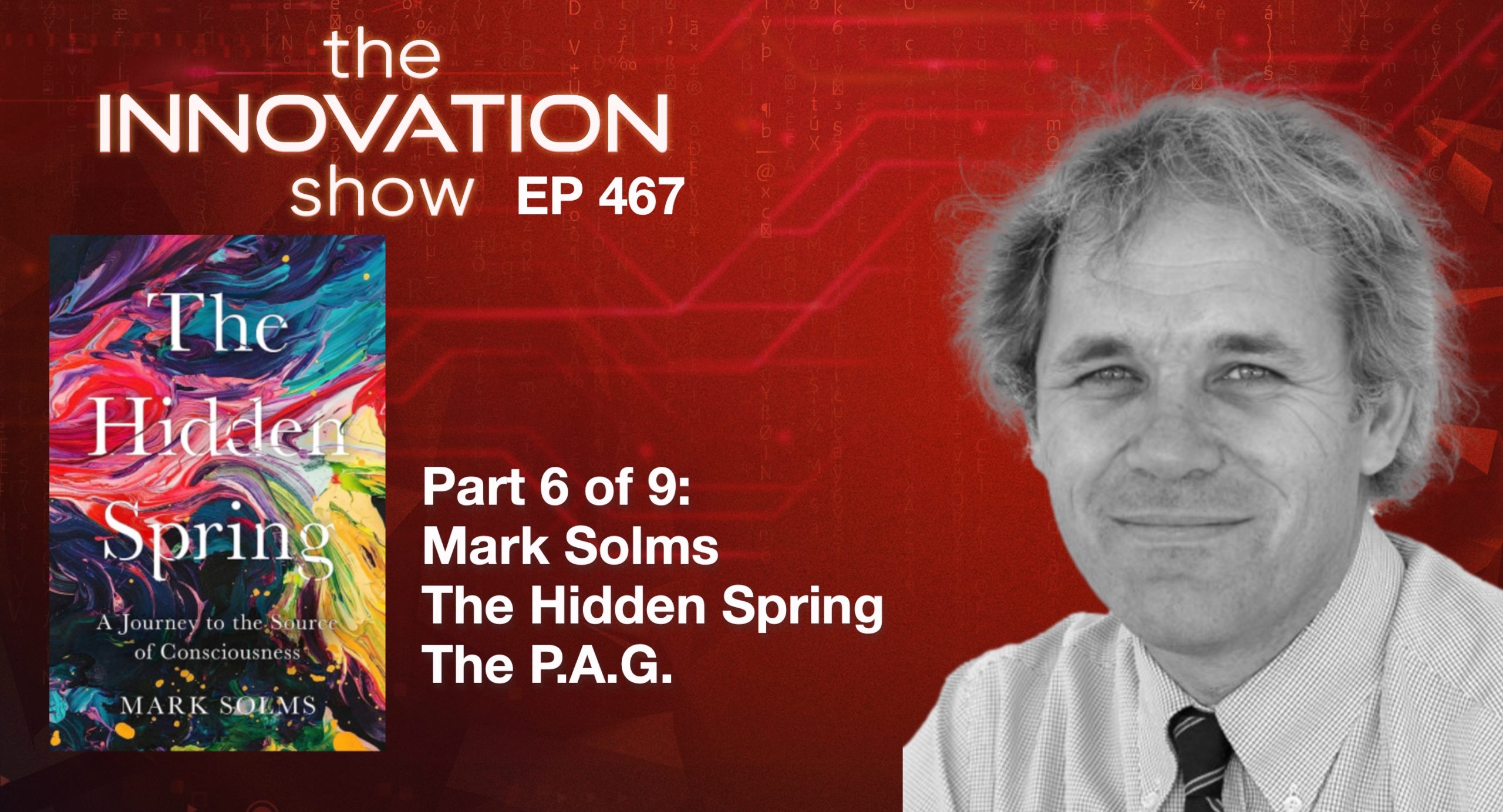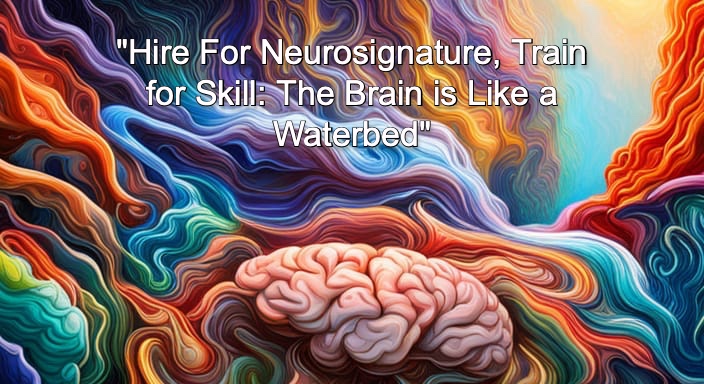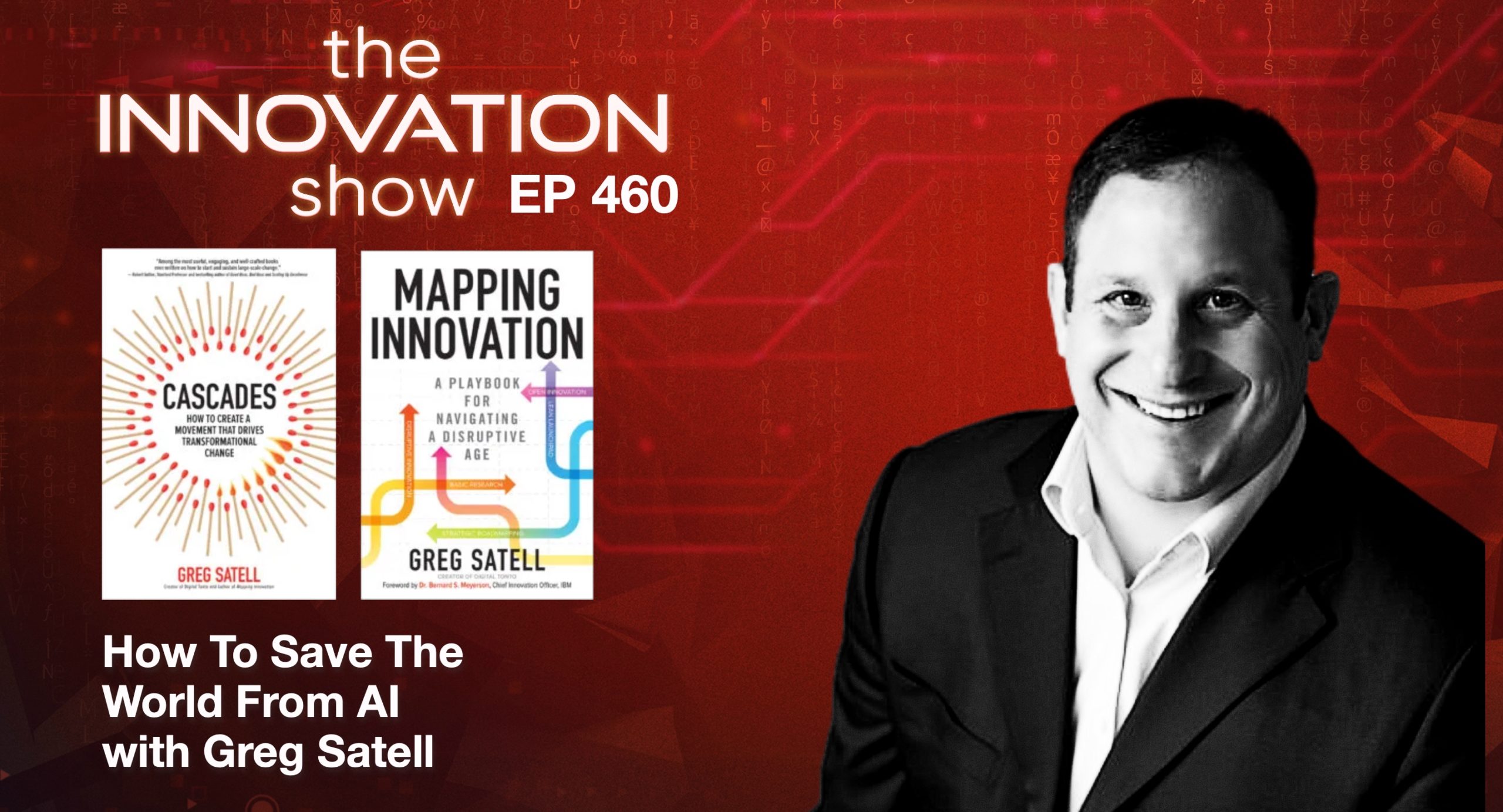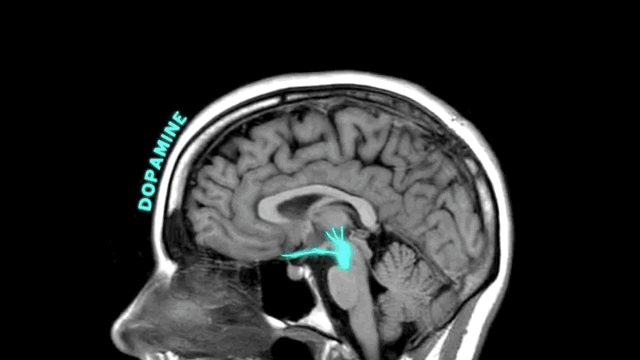The ‘private lawn’ is the ability to have the time and space to plan, think and grow. For some of us, daily survival consumes all our time and energy, leaving no room for strategic thinking or planning. Few organisations carve out the time to plan, strategise and think about long-term goals and objectives.
As business leaders, creating an environment where everyone can access their ‘private lawn’ – a space for growth, planning, and forward-thinking is crucial. However, we must also plan by priority.

